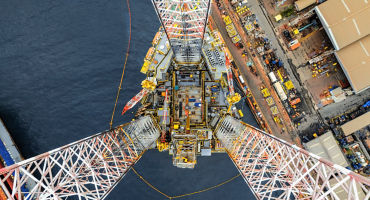In terms of what a recession could mean for commodities, I would note that the asset class has tended to do well late cycle and early recession, often because prices are rising at that point as the demand destruction that I described begins to set in. That’s a key reason that commodities can potentially be so diversifying versus stocks and bonds. I would also note that not every commodity performs the same in a downturn. For example, precious metals tend to do well as investors seek a safe haven, while energy and industrial metals typically struggle the most.
That said, I am of the strong belief that the impact of a recession on energy and industrial metals would be more muted today than what we saw during the global financial crisis or the depths of the pandemic in 2020. I think the recession in 1973 – 1974 provides a better comparison. There were major supply constraints, yet the downturn had a more limited effect on commodities because there weren’t broader structural issues that needed to be solved. That’s the example that I have in mind today when I hear from commodity producers that recession fears are constraining their willingness to deploy capital.
Adam: What would you say to investors who may be skittish about adding commodities — perhaps because they were disappointed by results in the past?
David: It’s an understandable point, as a commodity allocation would have been a drag on a traditional stock/bond mix in recent years. But I think it’s important to consider the broader macro shift that appears to be taking place, from a long period of low inflation to an environment that is more supportive of commodities, with higher inflation that I believe is likely to be structural rather than transitory.
At a micro level, I would also note the significance of the shale oil boom, which was deflationary not only for energy prices but for all commodities. And despite the rise in energy prices today, we’re not seeing a supply response from shale producers. That means demand will have to be met by higher cost sources of energy production, and to me that rising cost structure is the key to creating a durable bull market in the asset class.
Lastly, as I noted earlier, the improvement in the commodity roll yield is a big change from the past decade, and I believe it should last for some time, given how low inventories are.









Financial Market Review
Continue readingBy
Brett Hinds
Jameson Dunn